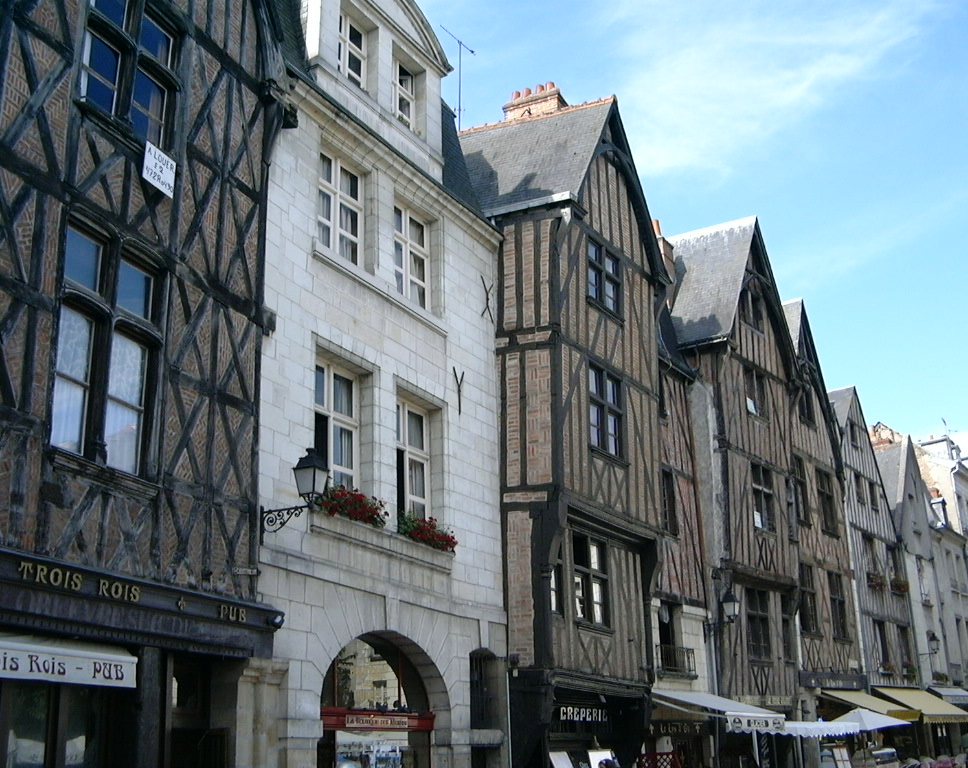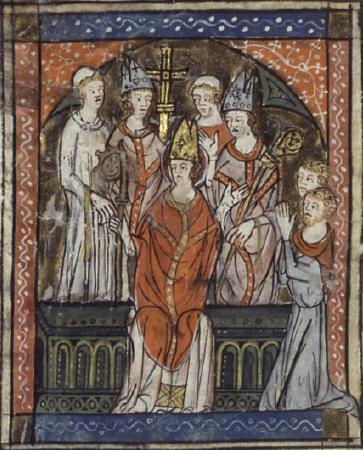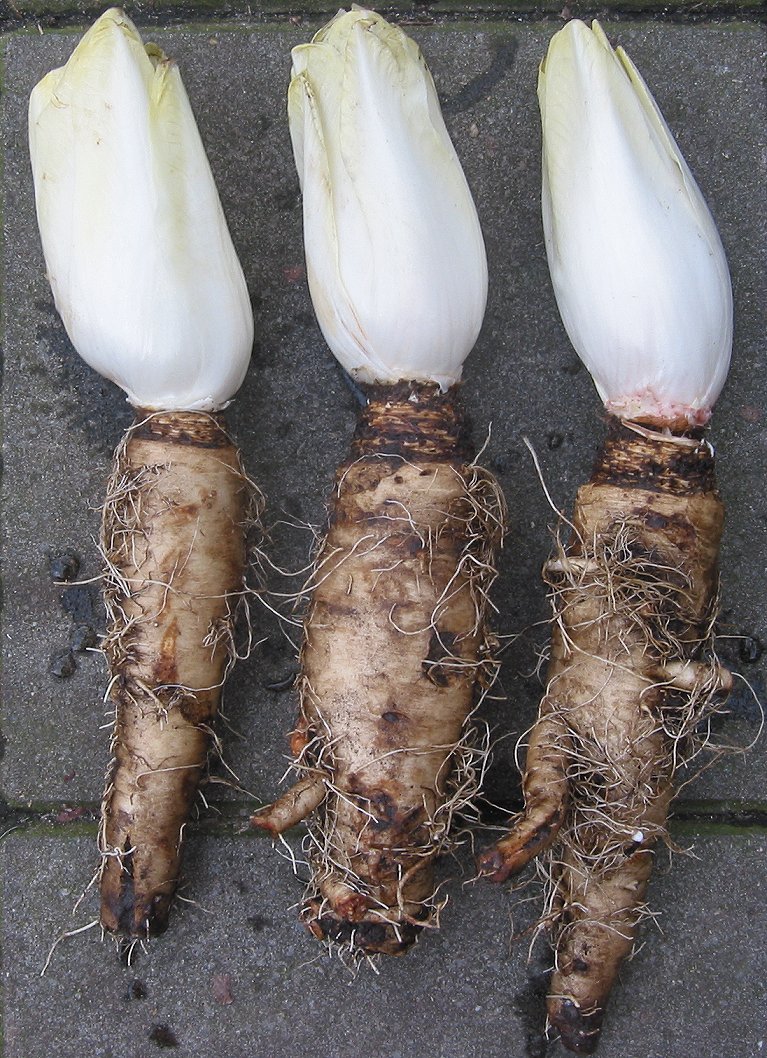|
Marcel Gaumont
Marcel Gaumont was a French sculptor born on 27 January 1880 in Tours. He died in Paris on 20 November 1962. Biography Gaumont was a pupil at the École nationale supérieure des Beaux-Arts in Paris and studied under Louis-Ernest Barrias, François-Léon Sicard and Jules Coutan. He was the joint winner of the 1908 "Prix de Rome" along with Camille Crenier and this took him to Rome's Villa Médicis from 1909 to 1912. He exhibited regularly at the Salon de la Société des artistes français and in 1935 won their gold medal. In 1937 his four Metopes won the major prize at the Exposition internationale de Paris. These works had decorated the western façade of the Palais de Tokyo at that exhibition. In 1938 he was made an officer of the "Légion d'honneur". In 1939 he became professor at the École des Beaux-Arts in Paris and in 1944 he was elected to the French Académie des Beaux-Arts taking the chair vacated by Paul Gasq. Works from Gaumont's time studying at the B ... [...More Info...] [...Related Items...] OR: [Wikipedia] [Google] [Baidu] |
Tours
Tours ( , ) is one of the largest cities in the region of Centre-Val de Loire, France. It is the prefecture of the department of Indre-et-Loire. The commune of Tours had 136,463 inhabitants as of 2018 while the population of the whole metropolitan area was 516,973. Tours sits on the lower reaches of the Loire, between Orléans and the Atlantic coast. Formerly named Caesarodunum by its founder, Roman Emperor Augustus, it possesses one of the largest amphitheaters of the Roman Empire, the Tours Amphitheatre. Known for the Battle of Tours in 732 AD, it is a National Sanctuary with connections to the Merovingians and the Carolingians, with the Capetians making the kingdom's currency the Livre tournois. Saint Martin, Gregory of Tours and Alcuin were all from Tours. Tours was once part of Touraine, a former province of France. Tours was the first city of the silk industry. It was wanted by Louis XI, royal capital under the Valois Kings with its Loire castles and c ... [...More Info...] [...Related Items...] OR: [Wikipedia] [Google] [Baidu] |
Fort-de-France
Fort-de-France (, , ; gcf, label= Martinican Creole, Fodfwans) is a commune and the capital city of Martinique, an overseas department and region of France located in the Caribbean. It is also one of the major cities in the Caribbean. History In 1638, Jacques Dyel du Parquet (1606–1658), nephew of Pierre Belain d'Esnambuc and first governor of Martinique, decided to have Fort Saint Louis built to protect the city against enemy attacks. The fort was soon destroyed, and rebuilt in 1669, when Louis XIV appointed the Marquis of Baas as governor general. Under his orders and those of his successors, particularly the Count of Blénac, the fort was built with a Vauban design. Originally named Fort-Royal, the administrative capital of Martinique was over-shadowed by Saint-Pierre, the oldest city in the island, which was renowned for its commercial and cultural vibrancy as "The Paris of the Caribbean". The name of Fort-Royal was changed to a short-lived "Fort-La-Republique ... [...More Info...] [...Related Items...] OR: [Wikipedia] [Google] [Baidu] |
Laon
Laon () is a city in the Aisne department in Hauts-de-France in northern France France (), officially the French Republic ( ), is a country primarily located in Western Europe. It also comprises of overseas regions and territories in the Americas and the Atlantic, Pacific and Indian Oceans. Its metropolitan ar .... History Early history The holy district of Laon, which rises a hundred metres above the otherwise flat Picardy plain, has always held strategic importance. In the time of Julius Caesar there was a Gallic village named Bibrax where the Remis (inhabitants of the country round Rheims, Reims) had to meet the onset of the confederated Belgae. Whatever may have been the precise locality of that battlefield, Laon was fortified by the Romans, and successively checked the invasions of the Franks, Burgundians, Vandals, Alans and Huns. At that time it was known as ''Alaudanum'' or ''Lugdunum Clavatum''. Archbishop Saint Remigius, Remigius of Archbishopric o ... [...More Info...] [...Related Items...] OR: [Wikipedia] [Google] [Baidu] |
Le Blanc
Le Blanc (; oc, Lo Blanc; la, Oblincum Cuborum) is a commune and a subprefecture of the department of Indre, and the region of Centre-Val de Loire, central France. Geography Le Blanc is the main city of the Parc naturel régional de la Brenne, on the banks of the river Creuse. Population Facilities Near Le Blanc, there is a VLF-transmitter of French Navy. It transmits messages on 18.3 kHz and 21.7 kHz to submerged submarines See also * * Communes o ...[...More Info...] [...Related Items...] OR: [Wikipedia] [Google] [Baidu] |
Hôtel De Ville, Tours
The Hôtel de Ville (, ''City Hall'') in Tours, France houses the city's offices. The building, ornate inside and out, was designed by Tours native architect Victor Laloux and completed in 1904. Exterior The Renaissance Revival main structure, facing the small semicircular green space of the Place Jean-Jaurès, was designed by Victor Laloux and built between 1896 and 1904. Laloux, a native of the city and an accomplished professor based in Paris, also designed the city's Basilica of Saint Martin, Tours, which was begun in 1886 and completed in 1925; and the passenger building of the Tours station, completed 1896-1898. The city hall facade is long and bears stylistic similarities to the Palazzo della Gran Guardia, in Verona, Italy, and the Palazzo Vidoni-Caffarelli in Rome, built in the 1500s. One reviewer pointed out that the classical details were larger and placed more conspicuously, relative to the work of other modern (1910) French masters, with results that re ... [...More Info...] [...Related Items...] OR: [Wikipedia] [Google] [Baidu] |
Draguignan
Draguignan (; oc, Draguinhan) is a commune in the Var department in the administrative region of Provence-Alpes-Côte d'Azur (formerly Provence), southeastern France. It is a sub-prefecture of the department and self-proclaimed "capital of Artillery" and "''Porte du Verdon''". The city is from Saint-Tropez, and from Nice. Name and motto According to legend, the name of the city is derived from the Latin name "Draco/Draconem" (''dragon''): a bishop, called Saint Hermentaire, killed a dragon and saved people. The Latin motto of Draguignan is ''Alios nutrio, meos devoro'' (I nourish others, I devour my own). Geography The elevation is 200 m. The highest hill near Draguignan is Malmont (551 m). The main river near Draguignan is the Nartuby. The city is set in a valley NW-SE, about wide. Climate Draguignan's climate is the same as the normal conditions of the Mediterranean climate. The nights of frost are rare and the negative temperatures occur on ... [...More Info...] [...Related Items...] OR: [Wikipedia] [Google] [Baidu] |
Fontainebleau
Fontainebleau (; ) is a commune in the metropolitan area of Paris, France. It is located south-southeast of the centre of Paris. Fontainebleau is a sub-prefecture of the Seine-et-Marne department, and it is the seat of the ''arrondissement'' of Fontainebleau. The commune has the largest land area in the Île-de-France region; it is the only one to cover a larger area than Paris itself. The commune is closest to Seine-et-Marne Prefecture, Melun. Fontainebleau, together with the neighbouring commune of Avon and three other smaller communes, form an urban area of 36,724 inhabitants (2018). This urban area is a satellite of Paris. Fontainebleau is renowned for the large and scenic forest of Fontainebleau, a favourite weekend getaway for Parisians, as well as for the historic Château de Fontainebleau, which once belonged to the kings of France. It is also the home of INSEAD, one of the world's most elite business schools. Inhabitants of Fontainebleau are sometimes called ' ... [...More Info...] [...Related Items...] OR: [Wikipedia] [Google] [Baidu] |
Masnières
Masnières () is a commune in the Nord department in northern France. Heraldry History Masnières figured into the 1917 Battle of Cambrai during which time it was briefly captured by the British on the first day of the battle, November 20, and held for twelve days to protect vital bridgeheads between Masnières and Marcoing before the British withdrawal under the weight of heavy German counter-attack. The actions of the battle are commemorated in and around Masnières by several Commonwealth War Graves Commission landmarks in and around the town, including: * Masnières Newfoundland Memorial * Masnières British Cemetery *Marcoing British Cemetery See also *Communes of the Nord department The following is a list of the 648 communes of the Nord department of the French Republic. The communes cooperate in the following intercommunalities (as of 2020): [...More Info...] [...Related Items...] OR: [Wikipedia] [Google] [Baidu] |
Arras
Arras ( , ; pcd, Aro; historical nl, Atrecht ) is the prefecture of the Pas-de-Calais department, which forms part of the region of Hauts-de-France; before the reorganization of 2014 it was in Nord-Pas-de-Calais. The historic centre of the Artois region, with a Baroque town square, Arras is in Northern France at the confluence of the rivers Scarpe and Crinchon. The Arras plain is on a large chalk plateau bordered on the north by the Marqueffles fault, on the southwest by the Artois and Ternois hills, and on the south by the slopes of Beaufort-Blavincourt. On the east it is connected to the Scarpe valley. Established during the Iron Age by the Gauls, the town of Arras was first known as ''Nemetocenna'', which is believed to have originated from the Celtic word '' nemeton'', meaning 'sacred space.' Saint Vedast (or St. Vaast) was the first Catholic bishop in the year 499 and tried to eliminate paganism among the Franks. By 843, Arras was seat of the County of Artois w ... [...More Info...] [...Related Items...] OR: [Wikipedia] [Google] [Baidu] |
Villers-Plouich
Villers-Plouich is a commune in the Nord department in northern France, situated 14 km south-west of the town of Cambrai. Geography The commune of has evolved over time to consist of the main village centre and two separate hamlets: * Beaucamp lies 1.5 km to the west of the village centre, and consists of about twenty dwellings * La Vacquerie lies 2.5 km to the east of the village centre, and contains about 35 dwellings, a church and a cemetery History Church records for the commune date back to the 12th Century, though the regular discovery of tools from the prehistoric period, and of several Gallo-Roman sites in the vicinity suggest much earlier human occupation. By the 19th Century, the village boasted a grinding mill, a brewery and a railway station. The commune was the scene of intense and prolonged trench warfare during the First World War, notably during the Battle of Cambrai in 1917, and in the approach to the Battle of the Canal du Nord in 1918. Th ... [...More Info...] [...Related Items...] OR: [Wikipedia] [Google] [Baidu] |
Flesquières
Flesquières () is a commune in the Nord department in northern France. Heraldry See also *Communes of the Nord department *Marcel Gaumont Marcel Gaumont was a French sculptor born on 27 January 1880 in Tours. He died in Paris on 20 November 1962. Biography Gaumont was a pupil at the École nationale supérieure des Beaux-Arts in Paris and studied under Louis-Ernest Barria .... Sculpture on church References Communes of Nord (French department) {{Nord-geo-stub ... [...More Info...] [...Related Items...] OR: [Wikipedia] [Google] [Baidu] |





